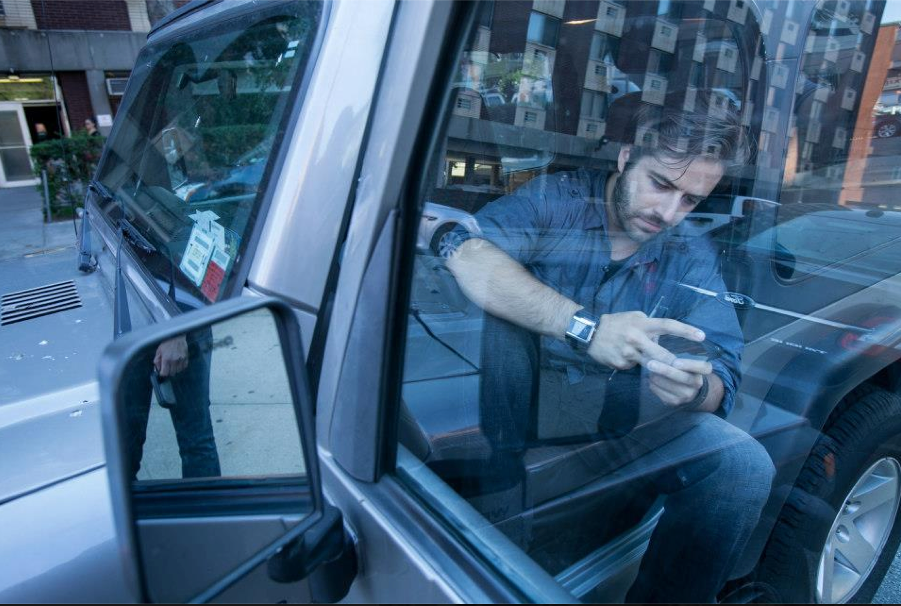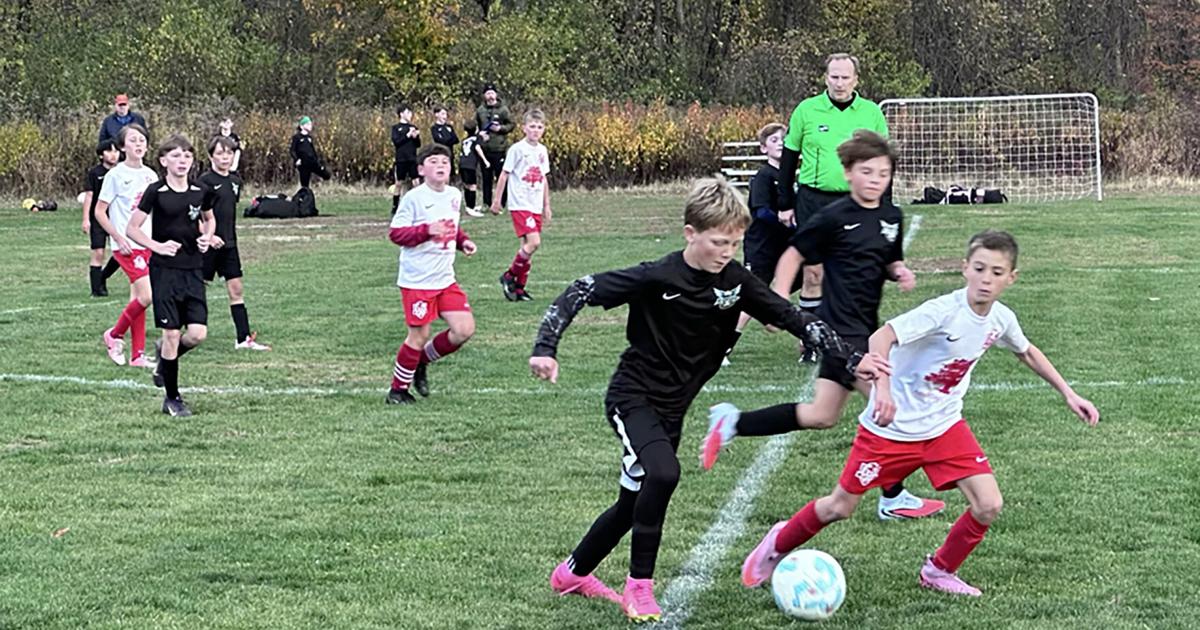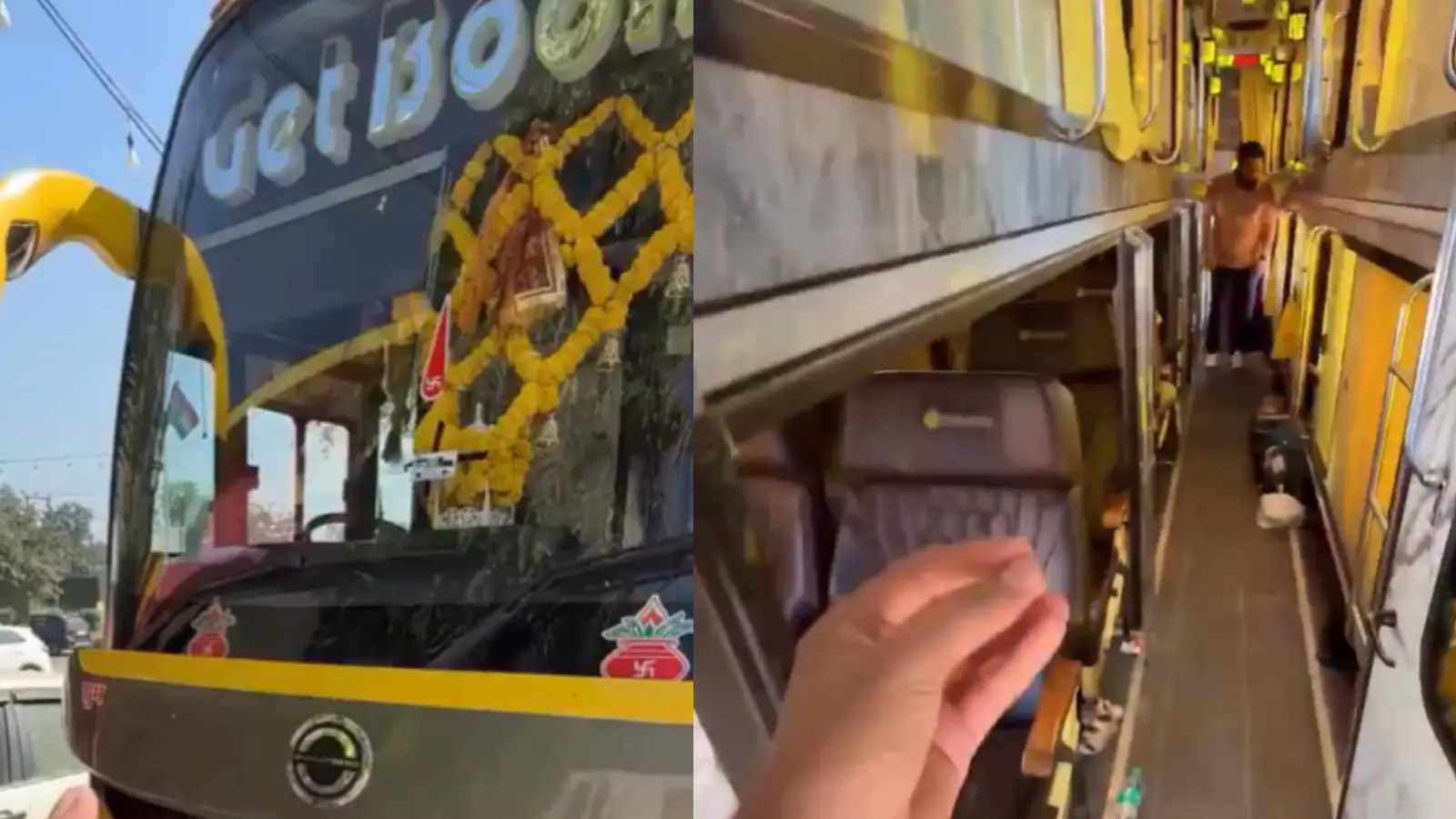Copyright newsweek

“Are you OK with blood and guts?” I was on the line with an editor from the New York Daily News, inquiring about a stringer position. It was 2008. I had missed the summer internship deadline and was working at a Queens weekly, clocking 60-hour weeks without benefits, making minimum wage. Exhausted, hyper-caffeinated and desperate for a break, I said what every hungry young reporter says: “Sure.” That answer would change my life. Within days, I was covering crime for the Daily News. Fatal fires, mass shootings, serial killings, decapitation, infanticide, bus crashes, wrong-way accidents and — more than once — children murdered by dogs. If it bled, it led, and I was sent to bear witness from emergency rooms to project hallways to jail cafeterias around the tristate area. I thought the hardest part of the job would be seeing dead bodies. It wasn’t. It was everything that came after: insomnia, guilt and undefined grief from absorbing pain that was taking residence inside me. Henrick Karoliszyn reporting in his Jeep while on assignment. Back then, I didn’t know the term secondary trauma. I didn’t know that listening to grieving parents, witnesses of severe violence, or perpetrators of the worst exceptions of humanity could cause real psychological harm. I only knew that on most nights after filing stories, I felt jittery and confused about my place in the world. Then I’d wake up and do it again. One story early on in my Daily News career haunted me. I was sent to Islip, Long Island, to cover the funeral for New York Police Department Lieutenant Michael Pigott. The responding officer had ordered the Tasering of a mentally ill man in Brooklyn, who fell to his death, sparking outrage. Days later, Pigott killed himself. Outside Overton Funeral Home, mourners ignored my questions. Eventually, I ducked into a nearby restaurant, where a man sat at the bar, nursing a beer and a handkerchief. When I asked if he knew the deceased, he said quietly: “That was my nephew. A good guy.” I said I was a reporter and extended my hand. He stared at it for a long time, ignored it, and stood up with his beer. “You’re the guys who did him in,” he told me. I didn’t know what to say. Later, I filed the story as if it were just another day’s work. There would be hundreds more crimes to report in my career. There would be high-stakes press conferences, car chases and travel around the country on national stories. But I carried the weight of that small exchange with me for years. Was I part of a social malady? By simply documenting the world, was I making it worse? Over time, I changed. The job made me edgier, quicker to anger, more withdrawn. I started drinking. So did many of my colleagues. They were mostly freelancers who, like me, covered tragedy after tragedy without benefits, mental health options and newsroom safety nets. We were called “permalancers”: competitively hired, easily forgotten. Over time, I changed. The job made me edgier, quicker to anger, more withdrawn. I started drinking. So did many of my colleagues. … The trauma had to go somewhere. For many of us, it went inward. There were no trauma briefings for stringers, no check-ins from editors after we’d been chased by hostile neighbors or stared into the eyes of the newly bereaved. We were expected to be invisible until the next siren wailed. The trauma had to go somewhere. For many of us, it went inward. I’ve been harassed, assaulted and bullied both online and in person. I’ve driven half-drunk to a crime scene, too numb to realize I was endangering myself and others. Once, a man pulled a machete on me outside a Brooklyn housing project. Somehow, I lived to tell the tale. But some journalists don’t. In journalism, there’s a code: Don’t make yourself the story. But what happens when the story lives inside you? How the pain of others becomes the lens through which you see the world. It doesn’t fade, it festers. Karoliszyn covering the Gilgo Beach serial killer case. Research confirms what I and so many others have felt. The Dart Center for Journalism and Trauma at Columbia University reports that more than 80% of journalists experience work-related trauma. And freelancers may have it harder, given that they typically receive less support from news organizations than staffers, and deal with more financial precarity, which can make it harder to outsource help, such as therapy. We talk about war correspondents and international conflict reporters, but trauma isn’t confined to war zones. You can find it outside a Bronx bodega, a Staten Island living room or a Queens funeral home. I’ve seen it everywhere I’ve worked as a crime reporter. Once, after a young woman’s death in Coney Island, I sat in her family’s Brooklyn apartment with my notebook out. Her father handed me a beer. “She won’t talk,” he said of his wife, who retreated into another room. The man’s daughter had died hours earlier....



